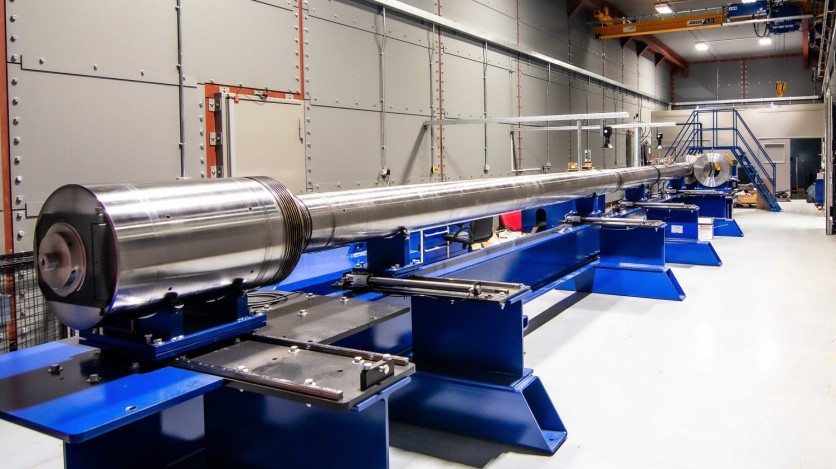First Light Fusion, a U.K.-based firm, is developing the Big Friendly Gun (BFG) prototype in an effort to produce nuclear fusion without the need for lasers and strong magnets.
According to a Newsweek report, the company recently tested the BFG prototype at its Oxford location. By employing a different technique to replicate the Sun's energy production method, the company's test campaign may eventually materialize the vast potential of nuclear fusion.

Mimicking the Sun
Since our Sun also generates energy through the fusing of atomic nuclei, scientists have been working to develop a way to mimic this process.
However, Interesting Engineering noted that fresh developments are constantly hampered by the fact that economically feasible nuclear fusion is still a significant obstacle to overcome.
The use of extraordinarily strong magnets to regulate the hot plasma necessary for nuclear fusion is one of these challenges. To overcome this, First Light Fusion has adopted a different strategy that doesn't use any magnets at all.
The enormous BFG gun from First Light Fusion costs £1.1 million ($1.27 million) and blasts a high-velocity piston with 6.6 lbs of gunpowder. Hydrogen gas is compressed in the gun before the piston enters a cone segment, which crushes the gas and propels it through a small hole.
The piston then breaks down a metal seal, launching a projectile into a vacuum chamber where it collides with a descending nuclear fusion fuel pellet at a speed of 4.3 miles (6.9 kilometers) per second.
The pistol shrimp served as an inspiration for this technique, which temporarily creates the circumstances needed for nuclei to fuse together.
Read Also : Korea's New Nuclear Fusion Breakthrough Maintains 100 Million°C for 30 Seconds! Here's How It Was Achieved
Inertial Fusion
Inertial fusion is the name given to First Light Fusion's method. The company said that compared to tokamak reactor alternatives, its fusion is more likely to achieve net energy production on a commercial scale.
In fact, the company declared in April that it had succeeded in achieving fusion, adding that it had done so "faster and cheaper" in contrast to conventional fusion procedures.
Inertial fusion has shown net energy increase, but the engine was an underground weapons test rather than a laser, CEO Nick Hawker told Newsweek in an interview. He claims that this shows "empirical evidence" of the higher energy gain of inertial fusion.
According to the CEO, commercial energy production could begin at some time in the 2030s, which is in line with estimates made by other tokamak reactor businesses working on magnetic fusion technology.
The business is now working on the M3 machine, which will employ an electrical current to accelerate a projectile to a speed of 12 miles per second (20 kilometers per second) and a force of 1 billion Gs.
Related Article : Largest Nuclear Fusion Reactor Might Not Work Due To Fuel Crisis; Tritium Shortage Getting Worst?
This article is owned by Tech Times
Written by Jace Dela Cruz
ⓒ 2025 TECHTIMES.com All rights reserved. Do not reproduce without permission.




